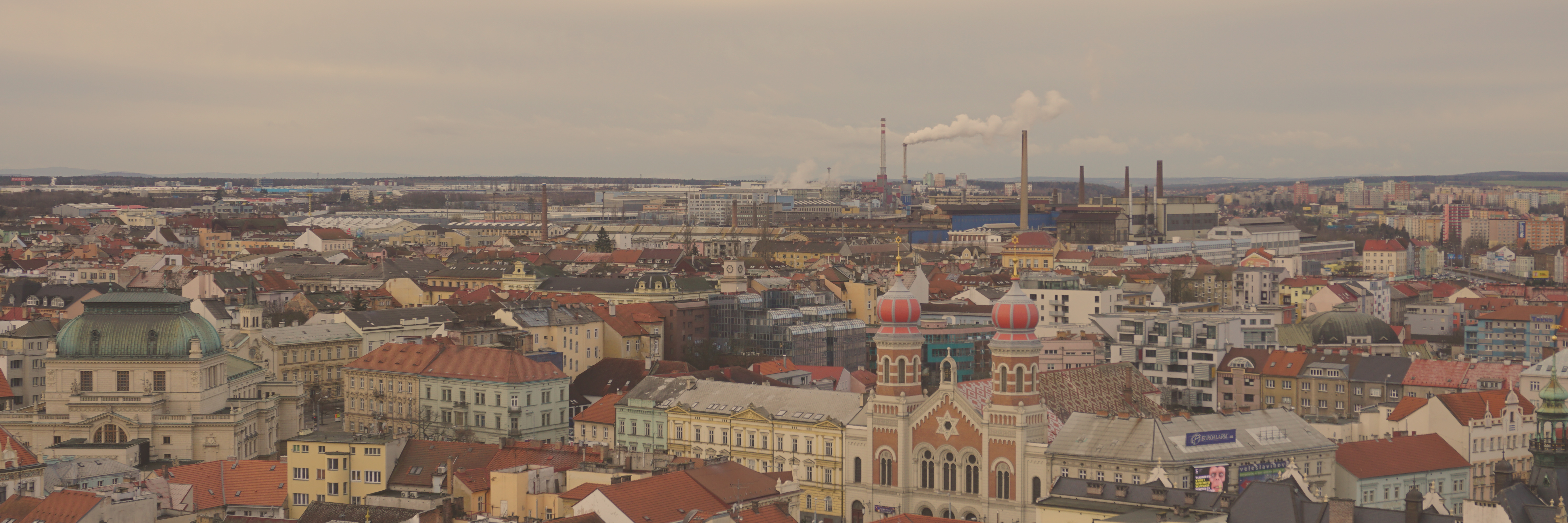
Air quality has a big impact on urban health. The World Health Organization (WHO) states that in the year 2016, 550.000 deaths were attributable to the effects of air pollution in Europe. The topic of air pollution is therefore of great significance. For this project, three main pollutants were chosen, namely NO2, O3 and PM10. More information on these pollutants can be found in the table below.
| Pollutant | Main sources | Main sinks | Effects on health |
|---|---|---|---|
| NO2 (nitrogen dioxide) | NO2 is mainly formed during combustion processes. It is a main component of vehicle's exhaust gas, making traffic the main source of NO2 in urban areas. Especially diesel vehicles emit a vast amount of NO2. Further sources are air traffic, oil and gas heating, industry, as well as coal-fired power plants.
There are natural sources as well, including soil bacteria and lightnings. The highest concentrations of NO2 are usually measured after morning rush hour during winter due to a shallow planetary boundary layer. |
Under the influence of sunlight (UV radiation), NO2 reacts with oxygen and forms O3 and NO. The emission of NO2 can be reduced significantly by installing catalytic converter for vehicles. In cities, banning diesel vehicles could also reduce pollution. |
High concentrations of nitrogen dioxide increase the risk of respiratory diseases such as asthma. Especially people which already suffer from asthma are affected. Furthermore, high NO2-concentrations can cause diabetes, high blood pressure and other cardiovascular diseases. |
| O3 (ozone) | Ozone is not directly emitted but formed by a photochemical reaction of a molecule like nitrogen oxides (such as NO2) or volatile organic compounds (VOC, such as CH4 or CO) which leads to a radical O. This reacts with O2 to Ozone. Due to its dependence on sunlight, the highest ozone concentrations are usually recorded on afternoons in summer (known as summer smog). | At night, ozone is decomposed by NO into oxygen and NO2. It is almost impossible to reduce the ozone concentration without reducing the emission of the precursor substances. | Ozone is an aggressive irritant gas. As its water solubility is very low, it can penetrate deep into the lungs which leads to irritant effects mucous membranes.
Other symptoms are stinging eyes, breathing difficulties and a reduction of physical performance.
Especially people who are physically active are affected. In the long run, high ozone concentrations can lead to an increased mortality due to respiratory and cardiovascular diseases. |
| PM10 (particulate matter) |
PM10 combines numerous particles with a with a diameter of less than 10 µm. These include soot particles coming from combustion processes (traffic, wood heating ), abrasion particles (tires, asphalt) as well as particles coming from natural sources such as pollen, mineral dust, sea salt and volcanic aerosols. Concentrations are higher in winter due to increased emissions (heating) but highest concentrations of PM10 are often caused by firework. | In general, particles will settle to the ground by gravity after some time. However, the smaller the particles, the longer they stay in the air. Additionaly, rain washes most of the particles from the air. Emission can be reduced by installing particulate filters. | Due to their small size, the particles can penetrate deep into the lungs from where they can reach the blood vessels. PM10 can cause coughs, dyspnoea, bronchitis as well as asthmatic attacks. The particles can be carcinogenic, especially soot particles. This makes PM10 one of the main causes of lung cancer. |
Of course, there are numerous other pollutants affecting the health of people in urban areas. However, this projects focuses on these three, as they are the most relevant in terms of urban health.
